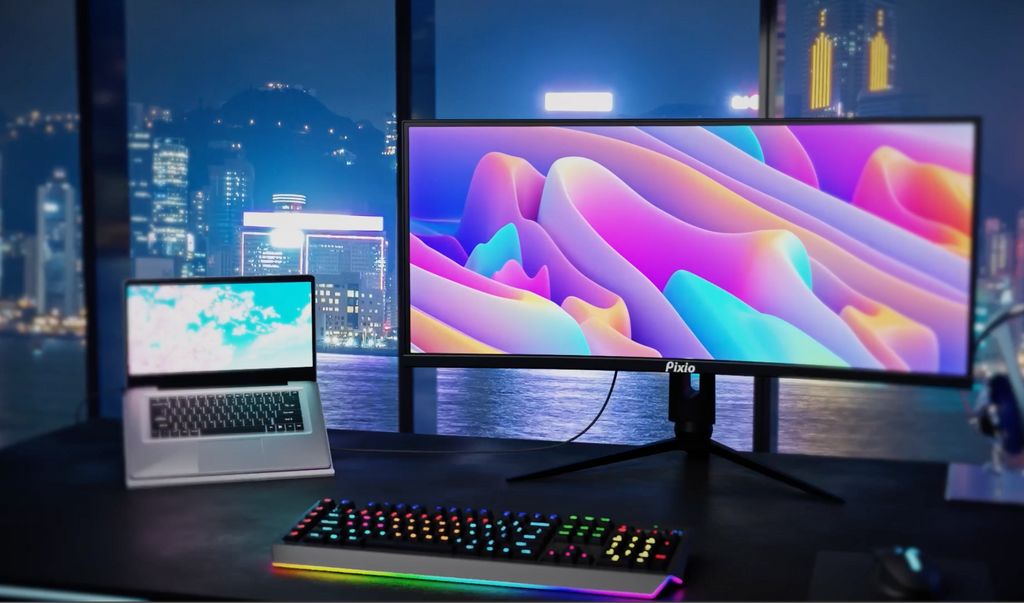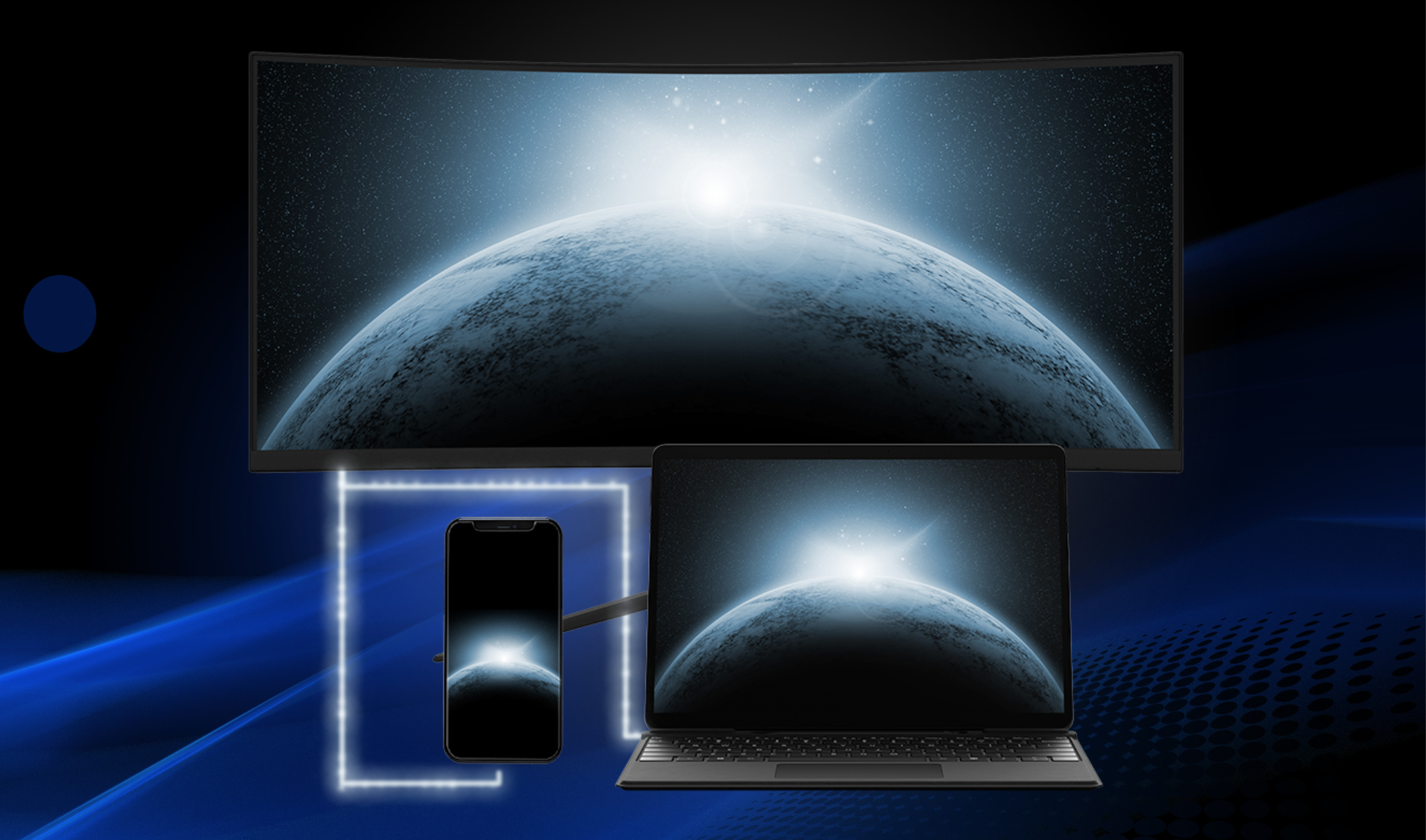
Gaming laptops have come a long way, boasting powerful hardware and high-quality displays that rival their desktop counterparts. However, there are times when you might crave an even more immersive gaming experience, or perhaps you need more screen real estate for productivity tasks. In such cases, using a gaming monitor as an extended display for your gaming laptop can be a game-changer. In this blog post, we'll guide you through the process of setting up and optimizing a gaming monitor as an extended display, along with tips and tricks to make the most of your new setup.
Section 1: Choosing the Right Gaming Monitor for Your Laptop
- Compatibility: Ensure your gaming laptop's output ports (HDMI, DisplayPort, or USB-C) match the input ports on your chosen gaming monitor. Consider the resolution, refresh rate, and panel type compatibility with your laptop's GPU.
- Purpose: Determine if you need the monitor primarily for gaming, productivity, or both. This will help you decide on features like refresh rate, response time, panel type, and screen size.
- Budget: Gaming monitors come in a wide range of prices. Set a budget and look for the best features within your price range.
Section 2: Connecting Your Gaming Laptop to the Monitor
- Identify the appropriate cable (HDMI, DisplayPort, or USB-C) for your laptop and monitor.
- Connect your laptop to the monitor and power on both devices.
- Configure display settings on your laptop (Windows: Display Settings, macOS: System Preferences > Displays) to enable the extended display mode.
Section 3: Optimizing Your Gaming Monitor for the Best Experience
- Adjust the monitor's refresh rate and resolution to match your laptop's GPU capabilities.
- Calibrate color settings to ensure accurate color reproduction across both displays.
- Enable adaptive sync technologies (G-Sync or FreeSync) if your laptop's GPU and monitor support them.
Section 4: Making the Most of Your Extended Display Setup
- Utilize the additional screen real estate for multitasking during productivity tasks.
- Set up custom hotkeys for quickly switching between display configurations.
- Experiment with different display modes (extended, duplicate, or primary) to find the best setup for various scenarios.
Section 5: Potential Drawbacks and Solutions
- Performance impact: Running games on an external monitor may slightly reduce performance, particularly when playing at higher resolutions. Consider optimizing in-game settings to strike a balance between visual quality and performance.
- Desk space: Ensure you have enough desk space for your gaming monitor, and invest in a suitable monitor stand or arm to optimize ergonomics and comfort.
Using a gaming monitor as an extended display for your gaming laptop can significantly enhance your gaming experience and productivity potential. By choosing the right monitor, configuring the settings correctly, and optimizing your setup, you can unlock a whole new level of immersion and efficiency. So go ahead and elevate your gaming experience with the power of dual displays!

0 comments